
Director: Richard Donner
PG | 2h 1min | Adventure, Comedy, Drama
In 1985, prior to the release of his seminal kids adventure movie The Goonies, the director responsible for The Omen and Superman: The Movie, Richard Donner, would also find time to produce Ladyhawke, a quietly impressive romantic fantasy yarn that would provide a welcome antidote to the violent, effects-driven sword and sorcery sagas of the early-to-mid 1980s.
The film would do minimal business at the box office, losing out to the likes of Police Academy 2 and Stephen King compendium Cat’s Eye. However, it would develop a fan base amongst devotees of the genre, the fact it would acquire a cult following in subsequent years indicative of its staying power. Production on Ladyhawke commenced in 1981, though the film would experience a number of false dawns (ahem) mostly due to a dearth of suitable locations and casting conundrums that rendered progress static. The shoot itself was delayed for some time, but once Donner — who had laboured to get the film made under difficult circumstances — finally received the nod from Alan Ladd Jr. at Warner Bros, filming commenced in August 1983 and continued for five months before finally completing.
Kurt Russell was originally cast as Captain Navarre, with the likes of Mel Gibson and Sean Connery also under consideration. However, when Russell pulled out during rehearsal, Hauer was identified as a suitable replacement. Hauer had originally been considered to play the part of a villain in the film but had rejected the role due to concerns he would become typecast in future American productions. Similarly, Matthew Broderick, as pickpocket Phillipe, was third choice after Sean Penn and Dustin Hoffman. Sean Penn’s method approach troubled Donner, while Dustin Hoffman was deemed too old to play the character. Matthew Broderick, whose star was in the ascendant, landed the role in the wake of his performance in War Games. His fee for the movie accounted for 4% of the overall budget, which was no mean feat given his limited CV.

The film kicks off with Phillipe, aka The Mouse, escaping from a dungeon and going on the run. The dungeon is located beneath an ecclesiastical edifice presided over by the dastardly Bishop of Aquila, played by John Wood. Phillipe winds up in a sewer, succeeds in securing an exit and promptly goes AWOL with his jailers in hot pursuit. However, he is thwarted in his efforts by the evil Bishop’s henchmen, who manage to catch up to him in a medieval village. It is at this point, fifteen minutes into the movie, that Captain Etienne Navarre (Rutger Hauer) and his trusty hawk make their grand entrance. Making short work of the henchmen with a crossbow and unfeasibly massive sword, Navarre rescues Phillipe and spirits him into the woods where it becomes apparent that he is the tragic subject of an appalling curse, placed upon him by the bishop as punishment for a past dalliance.
The hawk accompanying him is his lover, Lady Isabeau d’Anjou (Michelle Pfeiffer), who the bishop had a thing for. Isabeau changes into human form at night whilst Navarre morphs into a wolf. At dawn, the cycle begins again, with Navarre becoming human and Isabeau turning into a hawk. Thus commences the film’s main quest narrative. Navarre seeks to kill the bishop as revenge for past cruelties. Philippe tags along to provide comic relief and directions on how to get back into the building he recently vacated.
On its release in 1987, The Princess Bride subverted the tropes of the ‘basic, average, everyday, ordinary, run-of-the-mill ho-hum fairy-tale’ spectacularly. Conversely, in 1985, Ladyhawke sought to champion them. By combining the folkloric storytelling traditions of medieval Europe with the plot devices and narrative paraphernalia of the best of Gothic Romance, Ladyhawke celebrated fantastical storytelling as escapism without resorting to pastiche. Love triangles and repressed sexual tensions abound. Jealousy and yearning run rampant for the duration. Organised religion in all its controlling, exploitational splendour is portrayed as venal. Nature, meanwhile, and the power of true love are lauded as incorruptible. There are clear delineations between good and evil in the movie which blends the reality of its setting and mysticism impressively throughout. The Warner Bros marketing for the movie cited it as having roots in 13th Century French legend in order to bolster credibility, though this was subsequently disputed by the original story writer and co-screenwriter Edward Khmara, who claimed the work as an original fiction and subsequently won a cash settlement from Warner after making his concerns known to The Writer’s Guild Association.

Lavish production design and the dreamy visuals of Apocalypse Now cinematographer Vittorio Storaro, working for the most part on location in Italy, reinforce the film’s agenda. Sweeping shots of medieval architecture and magic hour vistas vie for attention with misty autumnal woodland locales and snow dappled mountain ranges for the duration of the runtime. The film required that a medieval church be built from scratch for interior shooting. A direct consequence was that tactile authenticity was maintained throughout, adding texture and tangibility to the period setting of the narrative. Ladyhawke eschews, for the most part, special effects to achieve its illusions.
Rather than rely on cumbersome animatronics or puppetry or animation, the film utilises real animals to represent the afflicted lovers. Ultimately, the film benefits immeasurably from this approach. Photography of the hawk in flight has a soaring, elegiac attractiveness that effects shots would have rendered graceless if they’d opted to try to fake it. Similarly, Navarre’s wolf persona, when it falls through the ice whilst negotiating a frozen waterway, is far more credible for featuring a Siberian wolf scrabbling for safety.
For a tale steeped in classicism and tradition, the decision to modernise the score and use Andrew Powell’s electronic hybrid proved divisive. Whilst many have defended the blending of electronic music, Gregorian chanting and orchestral components, there’s no getting away from the fact there are moments in the film when the musical accompaniment is more in keeping with an ’80s aerobic workout than a medieval fantasy flick. Donner claimed that his choice of score was influenced by listening to The Alan Parsons Project whilst scouting for locations and that it formed an indelible part of his vision. However, the music is unsuited to the material and is often distracting and occasionally laughable.
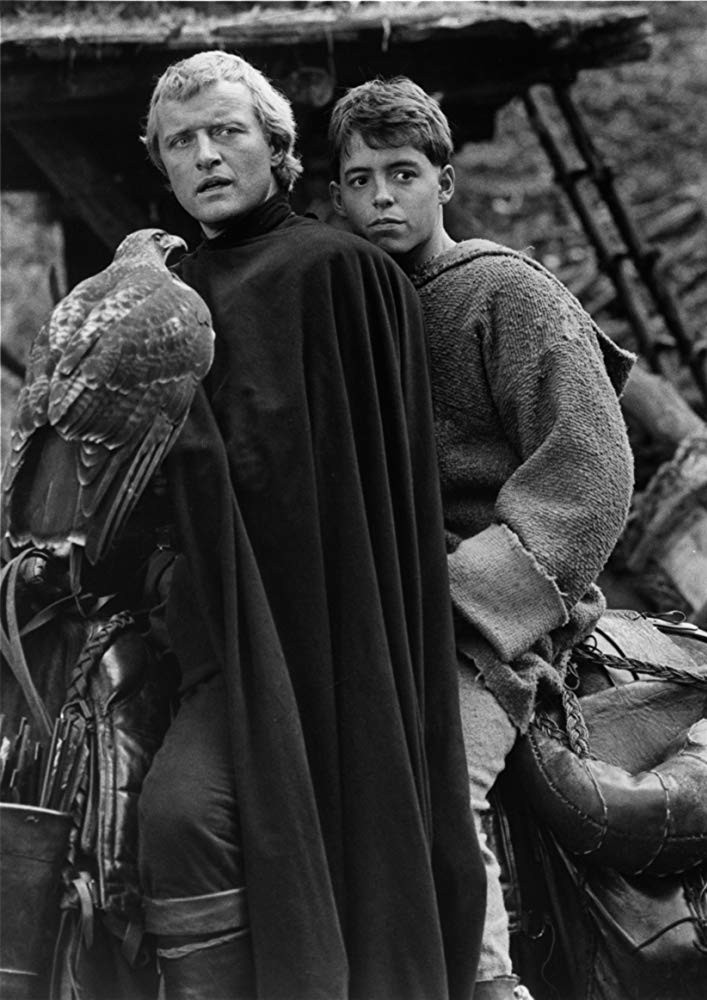
Vincent Canby of the New York Times described the film’s dialogue as being ‘of a banality that recalls the famous Tony Curtis line, “Yondah lies my faddah’s castle.” Whilst that may be true to an extent, it depends for the most part on who is doing the talking. John Wood as the bishop delivers his staid lines with aplomb. Aussie veteran Leo McKern, meanwhile, as Father Imperius, who betrays the lovers to their ultimate undoing, is delightful as a gruff cleric out to atone for past sins. Broderick is likeable and charming as pickpocket Phillipe and provides a sympathetic, occasionally amusing counterbalance to the moody weightiness of the central romance, though his witty asides and one-way conversations with God can be a bit annoying. Still, this is likely down to Broderick’s uncertainty with a British accent, which is periodically cringeworthy and sporadically risible.
Rutger Hauer impresses as Etienne Navarre and does an excellent job, with not very much to work with, of portraying the emotionally compromised wolfman, whose decision-making skills leave a lot to be desired. Then there’s Michelle Pfeiffer as the titular Ladyhawke. Indisputably beautiful, hypnotic and captivating, she is also that rare thing in a 1980s fantasy romp: a female character with agency who can fend for herself in the absence of men. Unlike a lot of fantasy heroines Isabelle D’Anjou has meaningful stuff to do in Ladyhawke and it is clear from her predicament — given the number of nightshifts she has had to put in — that she is handy at looking out for herself, in spite of her reduced circumstances.

Ladyhawke flopped on its release and quickly faded from the collective consciousness, though diehard fans and fantasy nerds would ensure its longevity. Thankfully, nobody’s career suffered as a result. Donner would bounce back with The Goonies that same year, though a further foray into the realms of fantasy with 2002’s Timelines would mirror Ladyhawke’s failings. Broderick would go on to Ferris Bueller and superstardom a year later and Michelle Pfeiffer would establish herself as one of the most recognisable leading ladies of the ’80s and ’90s. Hauer, meanwhile, would eschew leading man roles following Ladyhawke to pursue a career based on his own terms, and he would continue to be successful, mixing acting with conservation and charity work until his death in July 2019 aged 75.
The Best Laid Plans
The film has a lot of interesting kills, despite its PG rating, but the best by far is when Alfred Molina’s leery wolf trapper is kicked by Isabeau D’Anjou and winds up somehow getting his head caught in his own trap, which snaps its jaws shut right around his skull.
Excalibur Who?
LadyHawke has its fair share of dubious moments too, like any scene involving Rutger Hauer as Captain Navarre wielding a sword the size of a lamppost with a single hand. In reality, it would likely have taken both hands and a crane to get that thing up off the floor.
A Graceful Landing
The shot that stays with you long after the film has ended is of Etienne of Navarre observed in silhouette riding into the finest sunrise this side of Superman, as Ladyhawke swoops down to perch on his gauntlet.
Choice Dialogue
There are a few choice lines in Ladyhawke, most of them involving Phillipe engaging in one-way conversations with the Almighty. However, the following exchange between Leo McKern’s Imperius and Phillipe is one of the few moments in the movie when comedy banter is effective.
Imperius: What do you want?
Phillipe: I was told to bring you this bird. It’s been wounded.
Imperius: Oh, good shot! Bring it in, we’ll dine together.
Phillipe: We can’t eat this bird.
In retrospect, with the exception of the wildly variable musical accompaniment, which is as incongruous an aural experience as any in the history of cinema, and occasionally overcooked dialogue,
Mark Aylingemerges quietly triumphant. As a romantic fantasy with aspirations beyond its means, it has aged extremely well. One hopes that in the future, if there’s enough interest in the film, it will be gifted an alternative score as an added bonus feature on a prestige DVD release to make up for the self-sabotaging antics of the original.






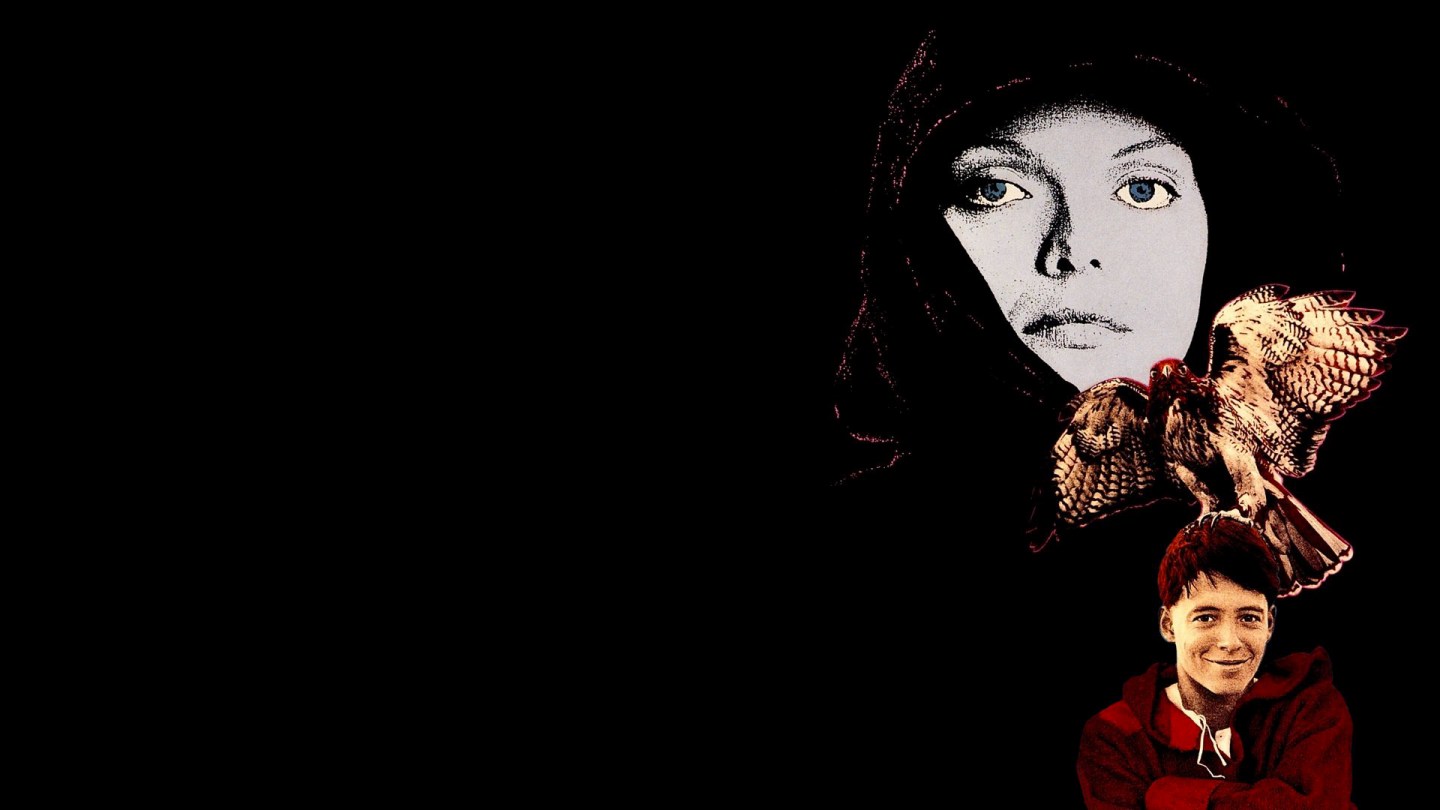
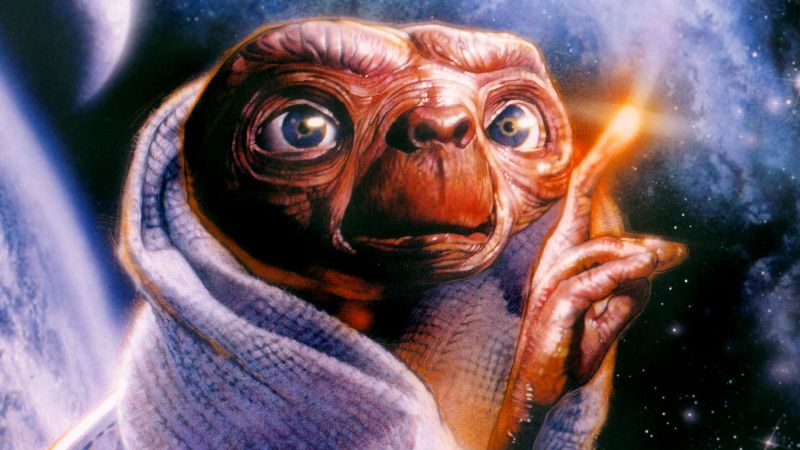
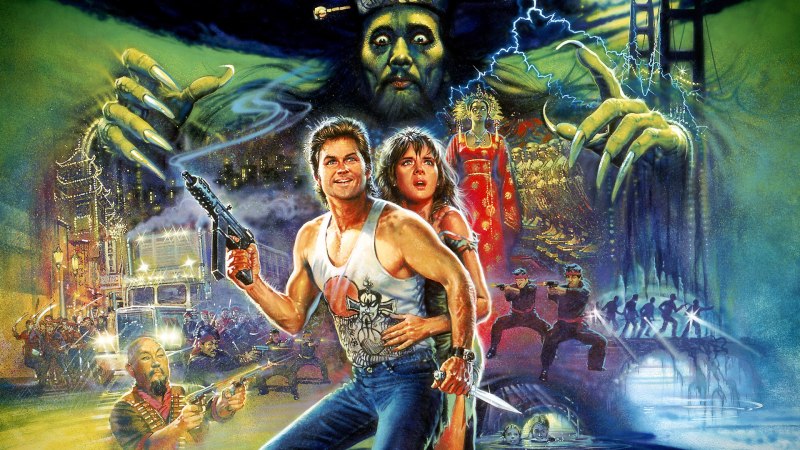






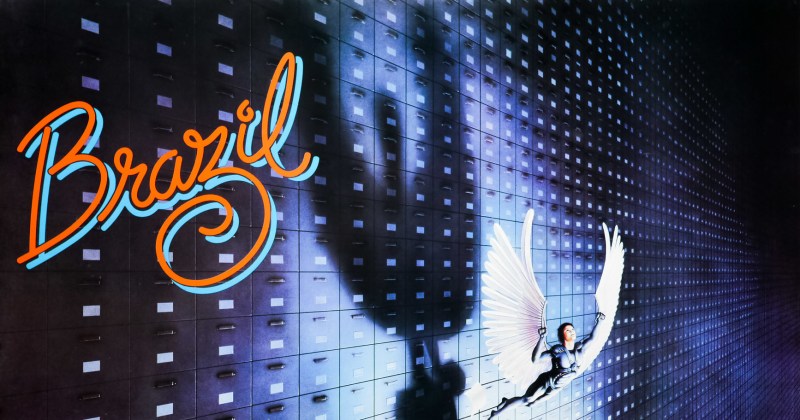














Excellent film, and I don’t usually go for the swords & sococery bit, but I think “Ladyhawke” has a cool mystique to it. Sad to hear about the passing of Rutger Hauer, I believe he was a fabulous actor who’s work will live on through the ages. I like what you said about him here, that he pursued acting on his own terms; I feel that assessment is right on the money.
LikeLike